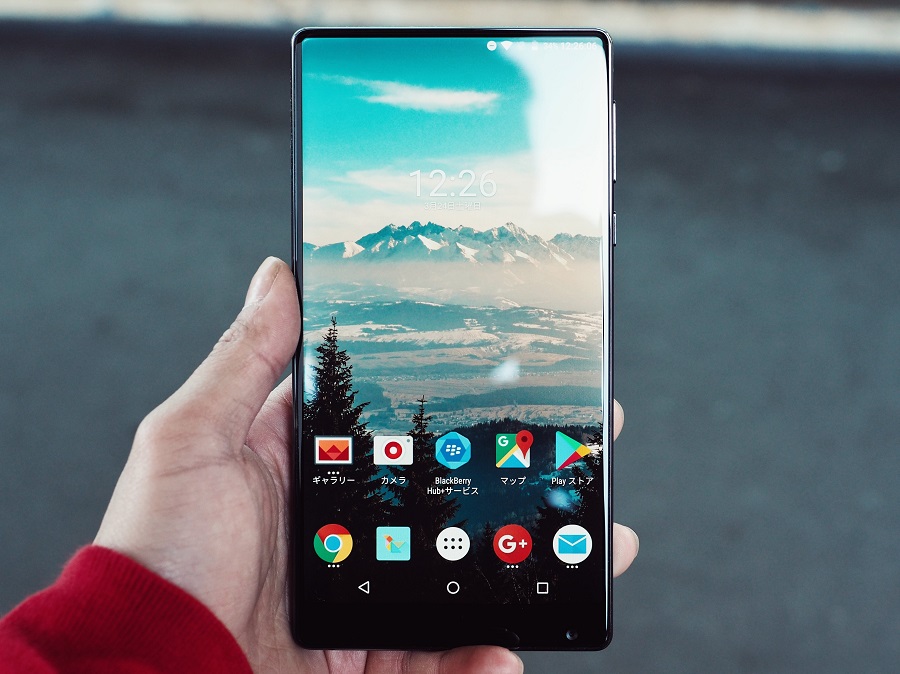Google has finally unveiled its latest-generation Android operating system- Android P, and just like all previous appetizing treats-themed naming conventions, P here stands for Pie.
Android Pie is currently available for all Pixel devices and the Essential Phone. All other Android devices along with the Android One phones will receive the update by the end of this year.
Android Pie is the successor to Android Oreo, which was hurled out last year. New features and improvements are made to the new OS, with a significant emphasis on Artificial Intelligence (AI), which will tremendously power the user’s experience.
Here, we will have a look at the top 5 features of Android Pie that makes it way superior and more efficient in comparison to Android Oreo. Let’s begin.
Table of Contents
New Gesture-Based Navigation
Google has finally eliminated the three navigation buttons present at the bottom of all Android devices and replaced it with a sleek pill-shaped icon. Pretty similar to what has already been seen on the iPhone X, the new Android P enables users to navigate through the following gestures:
- Tap on the pill-shaped icon to go to Home
- Swipe Up to reveal all the recently opened apps
- Swipe Right or Left to switch between the different recent apps
- Long-press it to activate the Google Assistant
- Swipe Up and continue swiping to open the app drawer
The aforementioned gestures have completely altered how users used to navigate. Though, you can obviously retain the older navigation buttons if you wish to.
Besides, some additional features have also been added. For instance, the recent menu now shows the full app from where you can even select, copy and paste your text.
Adaptive Battery
AI is at the core of Android Pie and is active in almost all the processes of the phone.
Google has introduced a new feature- Adaptive Battery that leverages the power of AI to prioritize battery consumption for frequently used apps. This is a significant upgrade to the Battery Saver option available in Android Oreo.
The adaptive battery helps to:
- Distinguish between frequently and not-so-frequently used apps
- Limit battery consumption for the not so frequently used apps
Google claims that this feature can decrease the CPU wake-locks by up to 30%, thus keeping the phone running for much longer.
Additionally, the feature of the adaptive battery also uses machine learning to automatically adjust the display brightness as per the ambient light of the environment.
Wellbeing Program
The all-new Android P is reinforced with a robust Digital Wellbeing Program. There is a dashboard that shows the following data:
- Total time spent on the device throughout the day
- Apps that are taking the maximum time
- Number of notifications
- Number of phones unlocks
Through this program, Google wants to curb our phone usage when it exceeds a specified limit. It allows the users to set time limits for different apps and grays out the icon on the home screen after the stated time has been exhausted.
Although the program isn’t ready yet, Pixel users can sign up for the Beta version.
App Actions and Slices

App Actions is another new feature included in Android Pie, which will give users a much more personalized experience. It will:
- Predict what the tasks that users wish to do next
- Be available in different places such as Play Store, Google Assistant, Launcher, Search app, etc.
Slices is a part of App Actions that displays templates of specific apps from within the Google Assistant and Google Search App.
All New Screenshot Tool
Taking a screenshot was always a simple task, however, the functionality was never natively supported by Android. Consequently, different devices had different ways of dealing with it. Now with the launch of Android Pie, this technique has become uniform across all Android devices. Worth mentioning that the old method still works.
In addition, Android Pie has a completely new editing feature that enables you to crop, drop or highlight the screenshot before sharing it.
Security
Google claims that the new Android version will come with enhanced security which was not present in the previous Oreo version. It claims that with Android P:
- Background apps will not have access to the phone’s camera and microphone, thus safeguarding the user’s privacy.
- If any background app uses a microphone or camera, the users will be notified through notifications.
- Users will be notified with an alert tone after every 15 seconds if the call is being recorded.
- Android backups will be completely protected by password, PIN, or pattern.
Final Words
All the aforementioned features ensure that Android Pie will be much smarter as compared to Android Oreo. It will offer a much more immersive experience to all users. The well-being feature, in particular, looks quite fascinating as it will help the users in accepting a healthy lifestyle. You can take the help of reputed Android app development companies to leverage the amazing power of this all-new OS and develop robust apps for Android.

Alex is fascinated with “understanding” people. It’s actually what drives everything he does. He believes in a thoughtful exploration of how you shape your thoughts, experience of the world.


